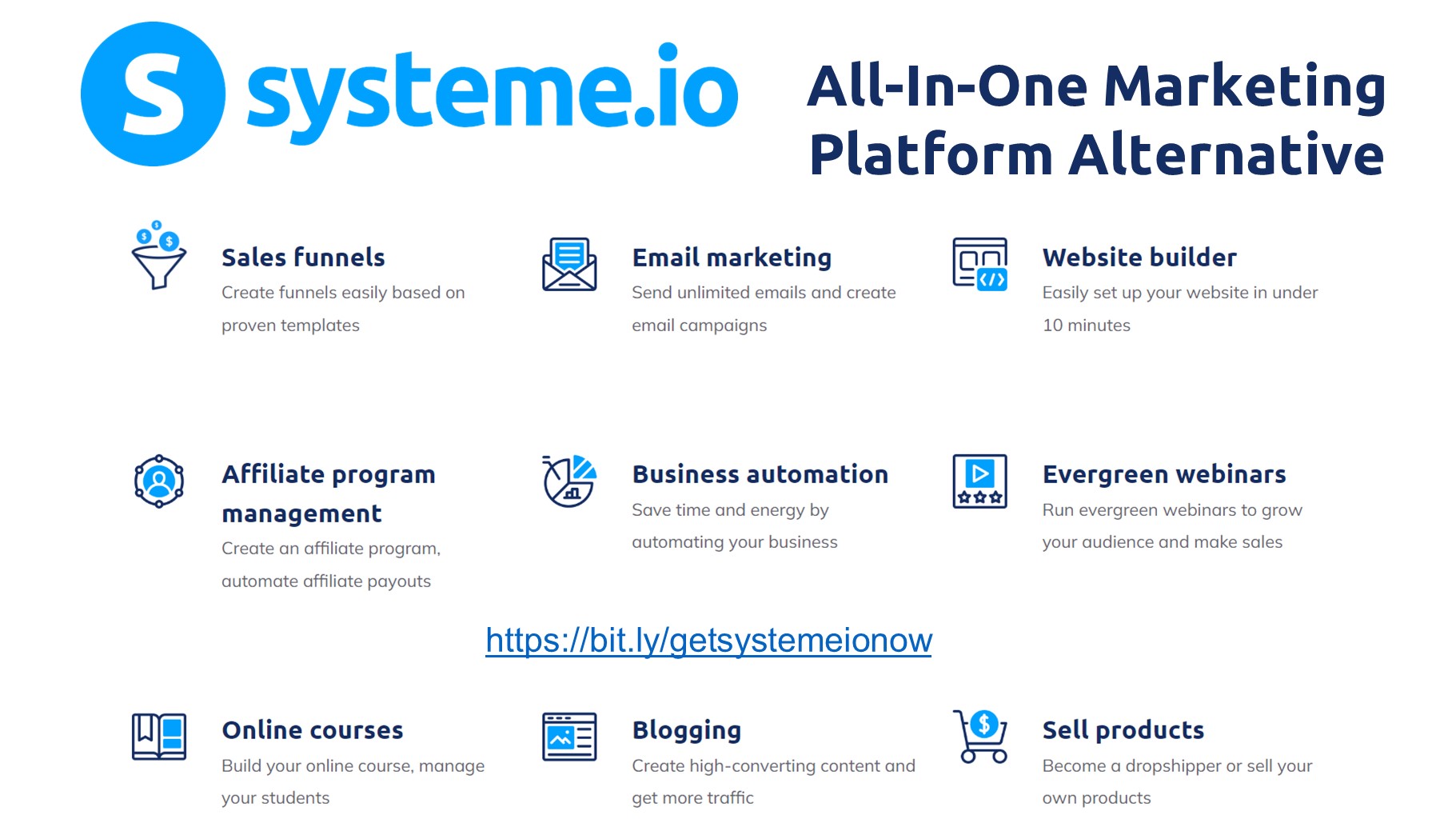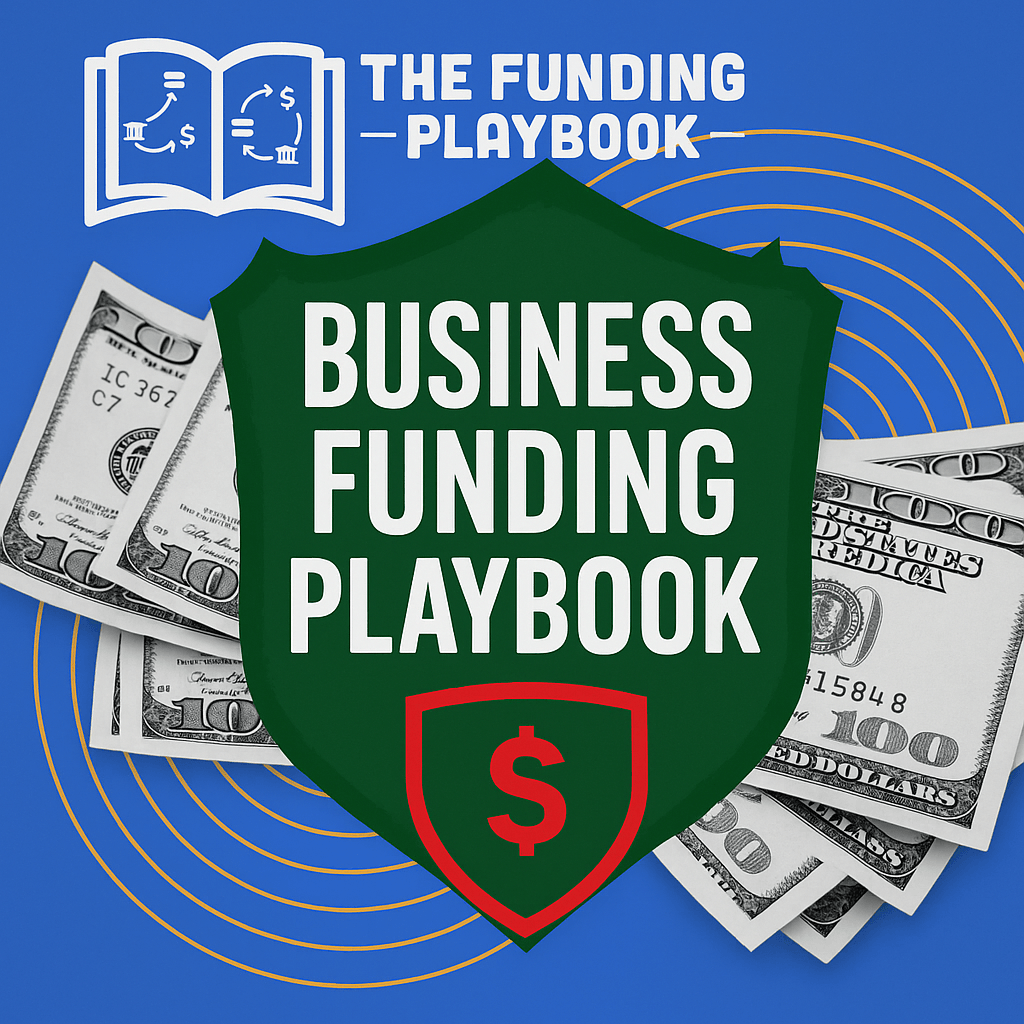Harnessing the Power of Wind Energy: Benefits and Financial Opportunities
In a world where the importance of sustainable energy sources is becoming increasingly apparent, wind energy technologies have emerged as a promising solution to our energy needs. Wind power offers a multitude of benefits, ranging from environmental sustainability to economic growth. This blog post will delve into the numerous advantages of wind energy and explore the financial opportunities it presents.
“Energy cannot be created or destroyed, it can only be changed from one form to another.”
~Albert Einstein
Here are some of the key benefits of Wind Energy technologies:
Clean and Renewable Energy Source: Wind energy is clean, renewable, and does not produce harmful greenhouse gas emissions or air pollutants. Harnessing the power of the wind helps reduce our carbon footprint and combat climate change.
Abundant Resource: Wind is an abundant resource found worldwide. Unlike finite fossil fuels, wind energy is sustainable in the long term, providing a reliable source of power.
Energy Independence: Wind energy reduces our reliance on imported fossil fuels, enhancing energy security. It reduces the vulnerability of energy supply disruptions due to geopolitical issues.
Job Creation: The wind energy sector has a significant job creation potential. Building and maintaining wind farms require a skilled workforce, offering employment opportunities in various fields, from engineering to manufacturing and maintenance.
Local Economic Benefits: Wind farms stimulate economic growth in local communities. They generate revenue through property taxes, lease payments to landowners, and increased business for local services.
Low Operating Costs: Once a wind turbine is installed, its operating costs are relatively low. This cost efficiency contributes to stable energy prices for consumers.
Innovative Technology: The wind energy industry is a hotbed of innovation, driving advances in turbine design, energy storage, and grid integration. These innovations have broader applications and benefits across the energy sector.
Here's how you can capitalize on the Financial Opportunities in Wind Energy:
Investment in Wind Farms: Investing in wind farms can provide a stable source of income through dividends or profits from energy sales. As the demand for clean energy grows, the value of these investments is likely to increase.
Renewable Energy Credits (RECs): Many governments and organizations offer RECs as incentives for generating clean energy. Wind energy producers can sell these credits, providing an additional revenue stream.
Tax Incentives: Various countries offer tax incentives for renewable energy projects, including wind farms. These incentives can include tax credits, deductions, and accelerated depreciation, reducing the overall project cost.
Green Bonds and Financing: The rise of green bonds and sustainable financing options allows investors to support wind energy projects while earning competitive returns.
Energy Sales and Power Purchase Agreements (PPAs): Wind energy producers can enter into long-term PPAs to sell energy to utilities or corporations. These agreements guarantee revenue streams for an extended period.
Technological Advancements: Investing in wind energy technology companies can be a lucrative venture as innovation continues to drive the industry forward.
Wind energy technologies offer a multitude of benefits, ranging from environmental sustainability to financial opportunities. As we strive for a more sustainable future, wind power remains a vital component of our clean energy transition.
By harnessing the power of the wind, we not only reduce our carbon footprint but also create jobs, stimulate local economies, and open up various financial avenues for investors. As the world continues to recognize the importance of renewable energy sources, wind energy is poised to play a significant role in shaping our energy landscape for years to come.

NEWSLETTER
Subscribe to our mailing list to get the new updates.
CATEGORIES
CATEGORIES
LATEST POSTS
By Dr. RL Chance
By Dr. RL Chance
POPULAR POSTS
By Dr. RL Chance
By Dr. RL Chance
By Dr. RL Chance
Powered with systeme.io














